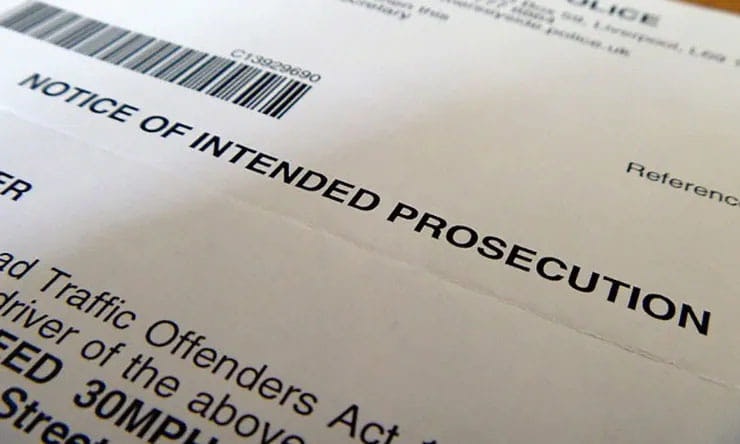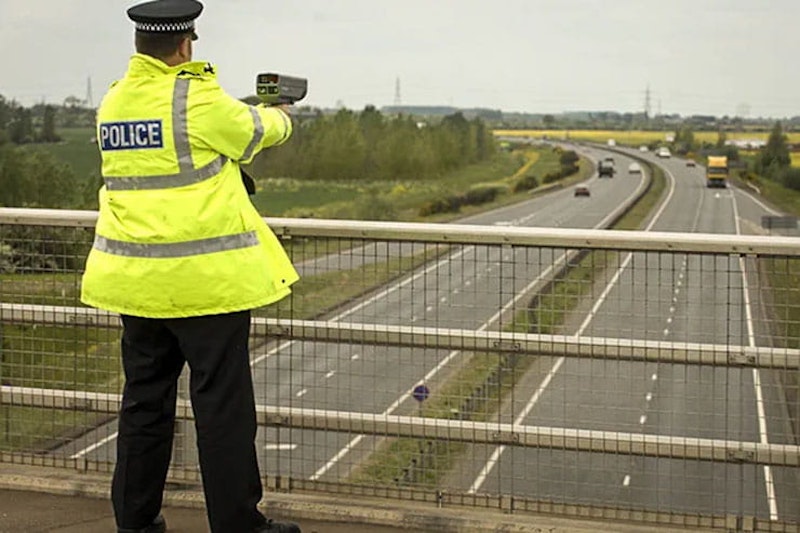Massive increase in London speeding fines as ‘speed tolerance’ cut by 1mph
By Ben Purvis
Motorcycle Journalist
27.09.2022
The national press has jumped on a detail change in the leeway given by the Metropolitan Police over speeding offences to explain a huge increase in the number of notices of intended prosecution handed out by the service – but a deeper look suggests that explanation doesn’t tell the whole story.
Sparked by a report in the Sunday Times, several news outlets have jumped on the idea that a rise in recorded speeding offences – which amounted to 346,840 in the first six months of 2022 – has been the result of a 1mph reduction in the leeway given before a Notice of Intended Prosecution is sent out. But Freedom of Information requests have shown that change was made back in May 2019, and while there was an instant increase in fines as a result, they’ve shot up considerably in the years since the revision was made.
The Met’s change in speeding tolerances in 2019 actually brought the area into line with the rest of the county and with national guidelines for speeding tolerances. Before May 2019, the Met gave leeway of 10% plus 3mph on speeding offences – so to be ticketed in a 30mph limit, you’d have to be doing 36mph (30mph plus 10% is 33mph, plus 3mph for 36mph in total). In a 60mph limit, the tipping point would have been 69mph, in a 70mph limit, it would be 80mph, and in a 20mph zone you’d need to travel at 25mph to get a NIP. However, for many years – dating right back to the introduction of Gatso cameras – the national guidelines have suggested a fractionally lower tolerance of 10% plus 2mph. It’s that long-standing national standard that the Met came into line with back in May 2019, reducing its tolerance by 1mph across the board.
The result can be seen in the total camera NIPs sent at the time. According to an earlier Freedom of Information request, in 2018 the Met sent out 129,925 NIPs from fixed speed cameras, which was within 1000 of the number issued the previous year. In 2019 the figure rose to 197,349 and in 2020 – the first full year of the reduced tolerance – it went to 223,083. But the increases have kept coming since then. In 2021, perhaps due to more traffic as COVID restrictions were eased, the number of fixed camera NIPs rose to 379,996. The total for 2022 looks set to be close to double that, with 346,840 speeding offenses recorded in the first half of the year alone, 336,991 of them coming from speed cameras.
While the pandemic massively changed the levels of traffic in the capital during 2020 and 2021, making comparisons between the figures for those years and the ones preceding and succeeding them potentially misleading, a mere 1mph change in the tolerance of speeding offences seems unlikely to be the sole cause of the increase. For a more direct comparison, in the first six months of 2019, 88,879 NIPs were issued from speed cameras – including at least a month under the updated rules, introduced that May. In the first six months of 2022, the total number of offences caught on camera was 336,991 (with an additional 9849 recorded as Traffic Offense Reports, or TORs, to reach the 346,840 total). That’s around 150,000 more than the total number of offences recorded in 2019 on fixed cameras, even though the new rules were in place for more than half that year.
The change, therefore, isn’t purely down to the 1mph reduction in speeding tolerances as reported elsewhere. Not only is that a change that took place three years ago, but the maths shows it can’t be solely to blame. Instead, the rising number of fines is likely to be largely down to a concerted effort by the Met to catch more speeders by ensuring more cameras are active more of the time and that a greater number of offences are processed. In January this year, Chief Superintendent Simon Ovens, from the Met’s Roads and Transport Policing Command, told a meeting of the London Assembly’s transport committee that Transport for London was targeting a million speeding prosecutions per year in the capital. Efforts to hit that target, not a small change in speeding tolerances that took place three years ago, are likely to explain the rising number of NIPs hitting doormats in the Met’s patch at the moment.
Share on social media:

